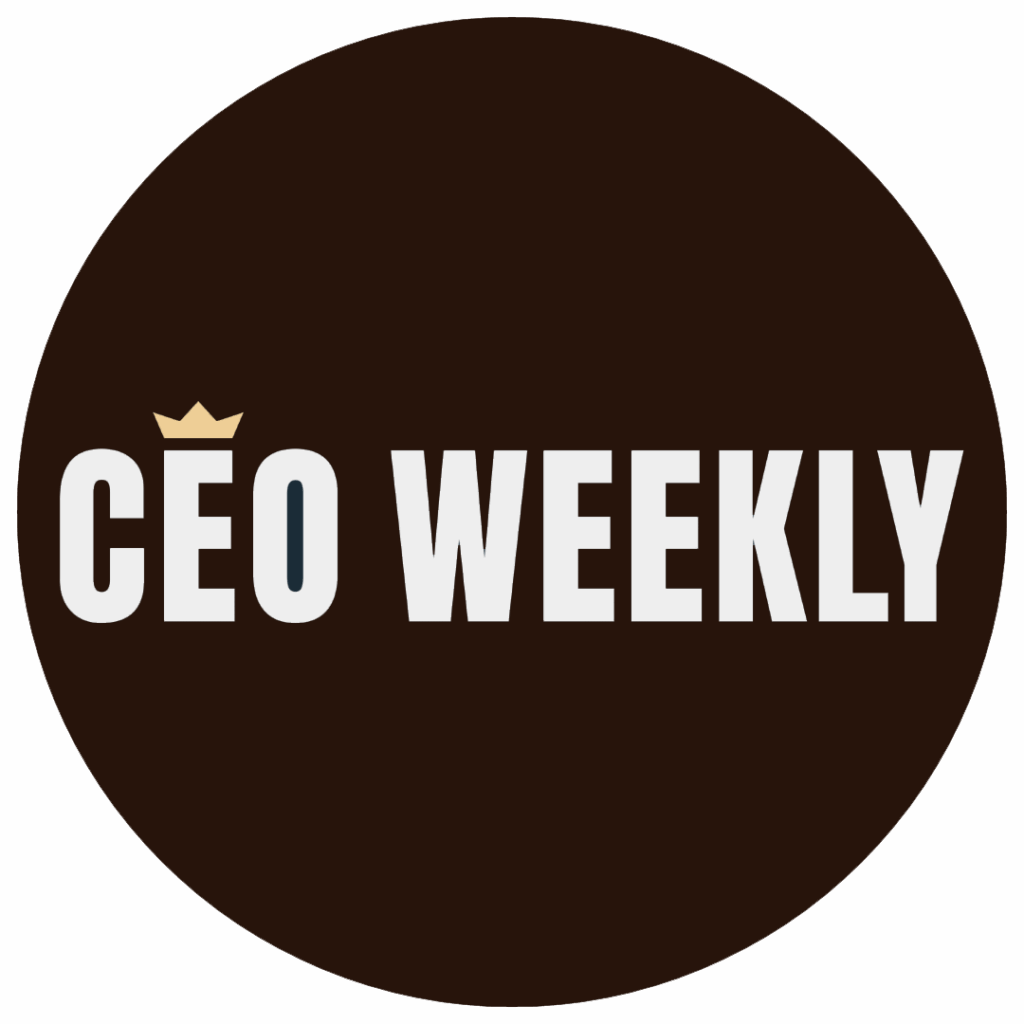By: One Word Publishing
For decades, the defined contribution plan—most notably the 401(k)—has reigned as the default option for American workers’ retirement savings. But a subtle reversal is underway. Companies across industries are revisiting pensions, either reintroducing them alongside 401(k)s or exploring hybrid models. The shift reflects growing unease about retirement security, workforce retention, and the long-term adequacy of 401(k) plans.
Jim Ousley, chief executive of Vitech, a leader in pension administration technology, says the reemergence of pensions is a sign that employers are rethinking their role in ensuring financial stability for workers. “Market volatility has highlighted the risks of 401(k) plans where employees bear the investment burden,” Ousley notes. “Defined benefit plans can provide predictable retirement income and serve as powerful recruitment and retention tools.”
As a leader in pension administration, Vitech is at the forefront of a notable industry shift, as more companies reconsider their retirement strategies by returning to or integrating pension programs alongside 401(k)s. This evolving trend is driven by the need for greater retirement security, predictable income, and competitive talent retention. Vitech’s innovative solutions, such as the cloud-based V3locity platform, help organizations modernize pension administration, automate complex processes, and meet regulatory demands efficiently.
Why Pensions Are Back in Focus
Several factors are fueling this trend. First is volatility: the market swings of recent years have underscored the vulnerability of 401(k) savings. Employees who shoulder investment risk can see retirement balances fluctuate dramatically, raising doubts about adequacy.
Second, competition for talent is reshaping benefit strategies. Pensions, once considered relics, are now viewed as differentiators in industries where workforce stability and long-term retention are prized. Younger workers, often skeptical of retirement prospects, increasingly value the certainty of a ensured income stream.
Finally, companies are finding that defined benefit programs, when managed effectively, can actually offer better cost predictability than 401(k)s. Employers retain control over contributions and funding schedules rather than leaving outcomes entirely to market performance.
Implications for the Future of Retirement
If the shift gains momentum, the consequences could be profound. Ousley points to a potential “rebalancing of responsibility” between employees and employers. Pensions shift funding obligations back to companies, relieving workers of sole responsibility for retirement outcomes.
The trend could also help address America’s widely acknowledged retirement savings gap. By ensuring benefits, employers may reduce the risk that workers outlive their savings. Hybrid models, blending pensions with 401(k)s, are also gaining traction—providing both predictability and flexibility.
“There’s even interest in adopting innovative models from abroad, like Canada’s group pensions and risk-sharing approaches,” Ousley says. Such models could create more sustainable systems for both employers and employees.
Technology as the Enabler
Administering pensions is complex, requiring actuarial calculations, regulatory compliance, and secure data management. That’s where firms like Vitech come in. Its flagship platform, V3locity, is a cloud-based administration system designed to modernize outdated processes.
“Organizations rely on us to replace siloed, manual systems with technology that automates calculations, payment processing, and compliance,” Ousley explains. “This reduces errors, saves time, and provides a better experience for both administrators and participants.”
The platform also incorporates AI to enhance efficiency. Vitech is deploying AI-powered tools for code development, automated testing, and error detection. “The focus isn’t on replacing people,” Ousley emphasizes, “but on automating routine tasks so our experts can focus on higher-value activities like client engagement and problem-solving.”
Overcoming Migration Challenges
For companies new to pensions, challenges remain. Upfront costs and funding obligations are higher than those of 401(k) plans. Migrating from legacy systems can be daunting, particularly when manual processes seem cheaper in the short run. But Ousley argues the long-term inefficiencies of patchwork systems—errors, delays, and member dissatisfaction—ultimately outweigh those savings.
V3locity addresses these pain points with centralized data, governance frameworks, and digital engagement tools that help members understand their benefits. The system’s self-service options and workforce development modules even assist employers in educating employees about retirement planning.
A Market Poised for Innovation
Looking ahead, Ousley believes technology and data will further reshape pensions. Advanced analytics can improve risk assessment, while personalization tools may provide participants with tailored financial guidance. Automation will continue to reduce administrative costs, making pensions more accessible even for smaller employers.
The scale of Vitech’s operations underscores the stakes: as of May 2025, its platforms support nearly 39 million participants and have processed over 430 million disbursements, totaling more than $1 trillion.
For now, the pension comeback remains nascent. But the convergence of market volatility, talent pressures, and technological advances suggests the trend may accelerate. If so, the retirement landscape in the United States could look markedly different a decade from now—less reliant on individual guesswork and more grounded in employer-backed stability.
As Ousley puts it: “We see this as a pivotal moment. Companies are realizing that securing retirement isn’t just good for workers—it’s a competitive advantage.”
Disclaimer: The information provided is for general informational purposes only and should not be considered as professional financial or retirement advice.









